Hello everyone, how are you today?
Do you love coffee? If so, then I think you'll enjoy my post today. Today I am proud to present to you The World Coffee Museum located in my hometown, DakLak province. You may not know, Vietnam is the second largest coffee exporter in the world with a coffee area of about 680,000 hectares. And most of the coffee in Vietnam is grown in my hometown, the Central Highlands. It is for that reason that DakLak is called the coffee capital of the world and The World Coffee Museum was built here.
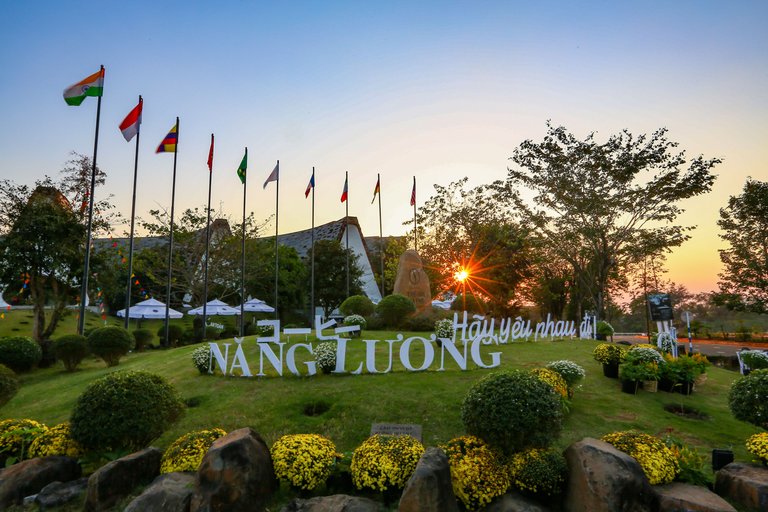
The World Coffee Museum is a passionate project of Trung Nguyen coffee group and Chairman Dang Le Nguyen Vu to turn it into a gathering place for coffee lovers and display thousands of coffee objects and heritage of the world. It is located within the 45ha Coffee City Project campus at Nguyen Dinh Chieu street, Buon Ma Thuot city, DakLak province. It consists of 5 interconnected curved blocks, inspired by the image of a long house of the Ede ethnic group and the communal roof of the Central Highlands. The blocks are formed from curving raw concrete walls combined with wooden frames inside to bring a rustic and raw feeling imbued with the nature of the Central Highlands. Glass doors at the two gables and on the roof bring natural light to the blocks. Okay, now let's explore this special museum.
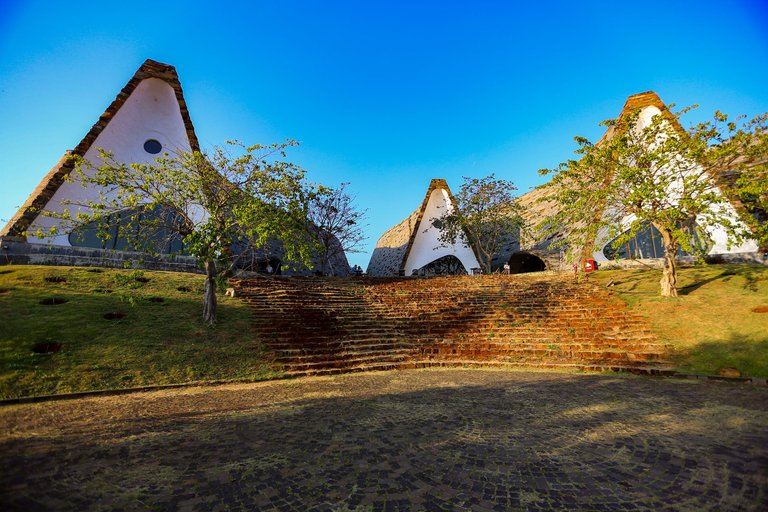
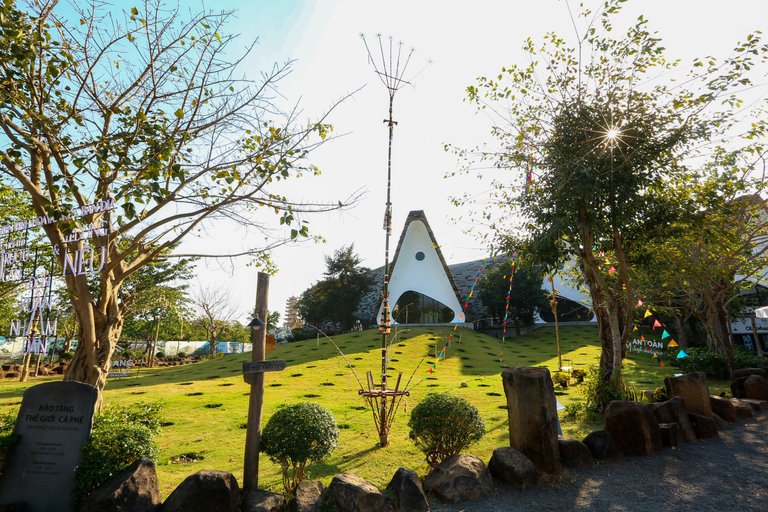
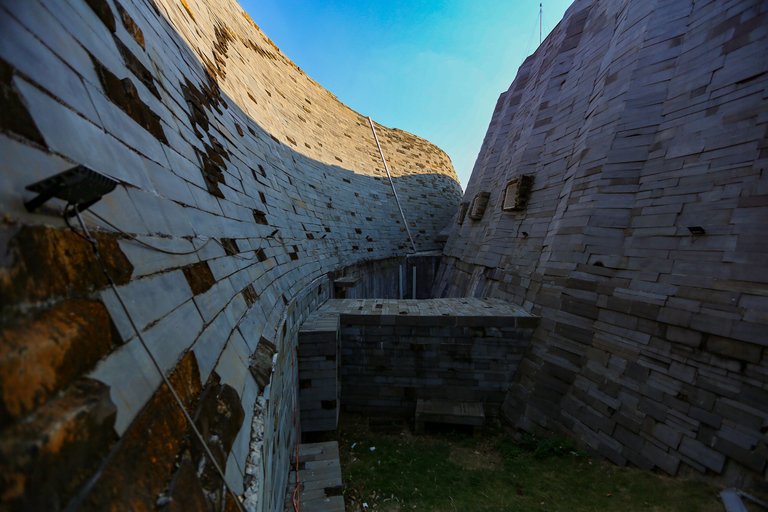
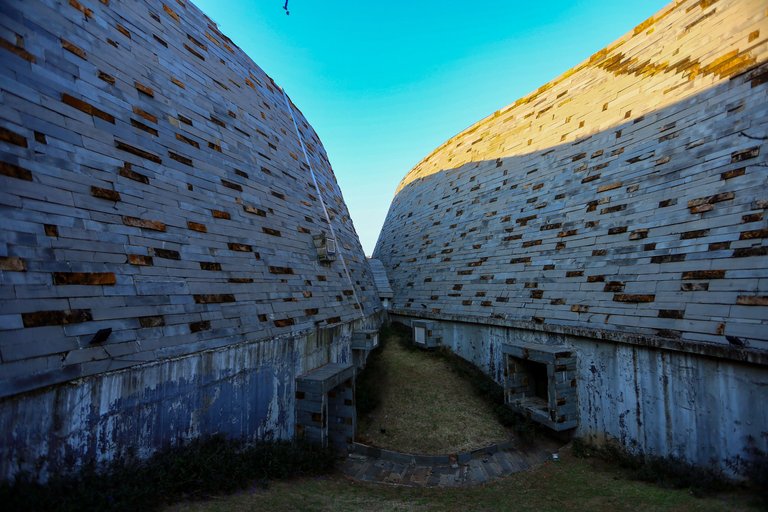
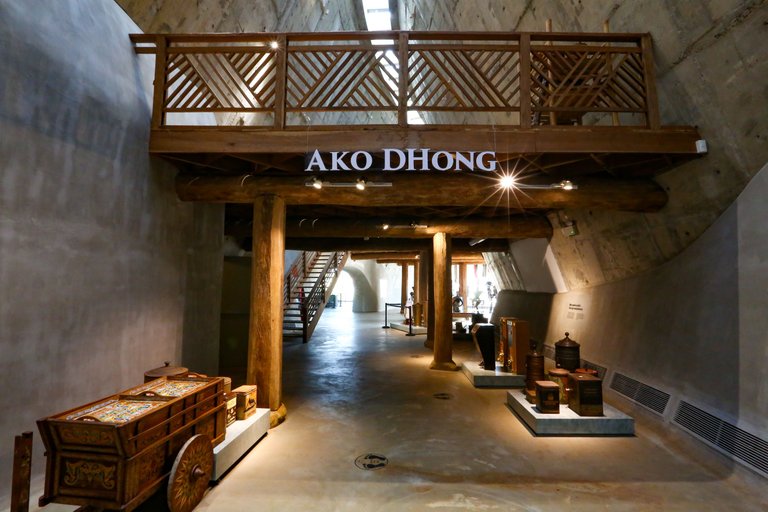
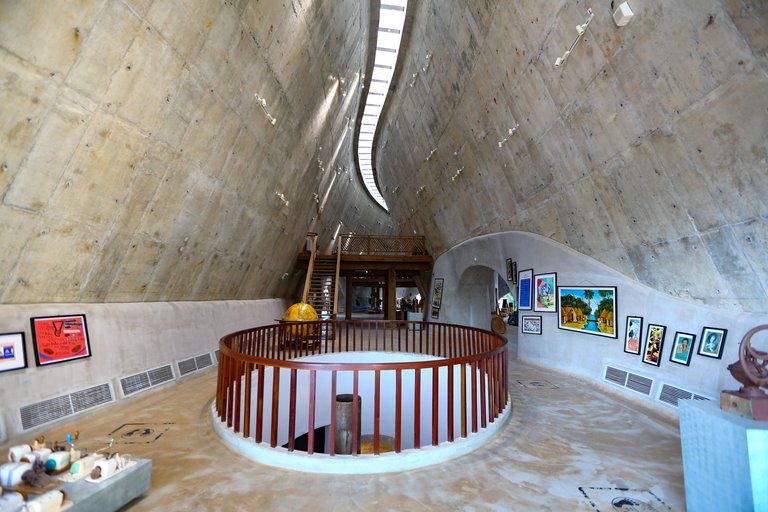
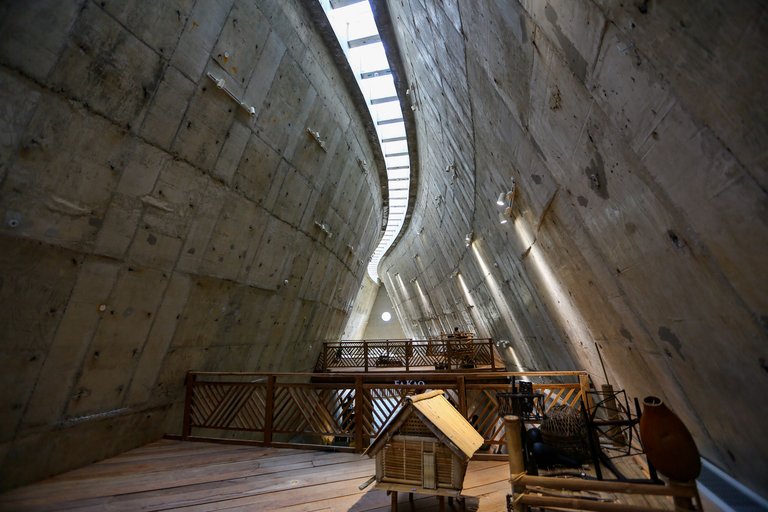
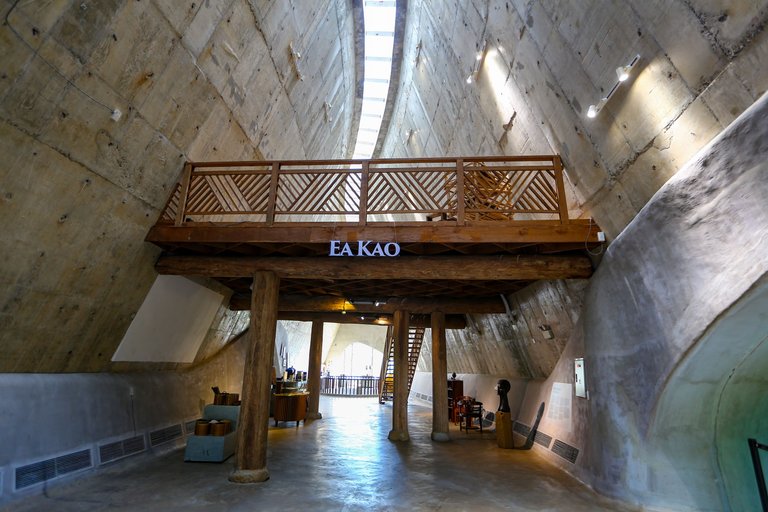
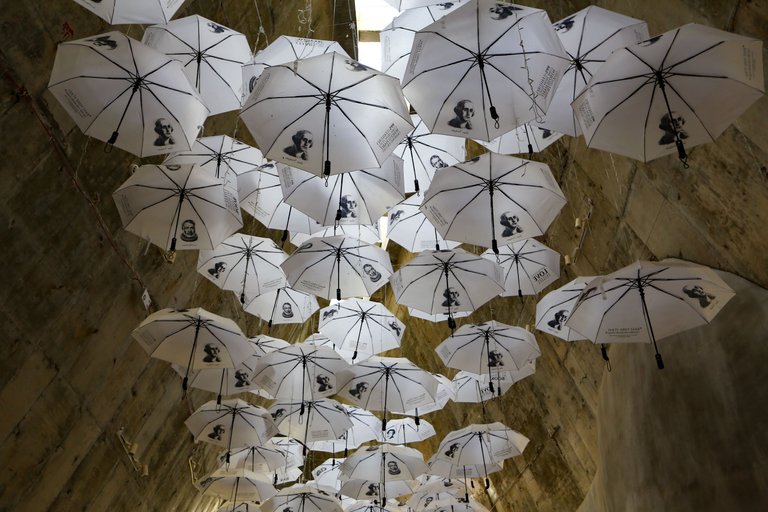
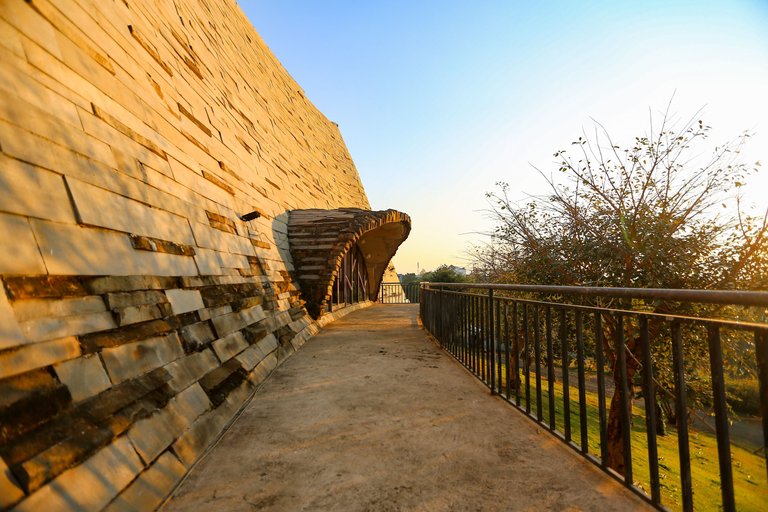
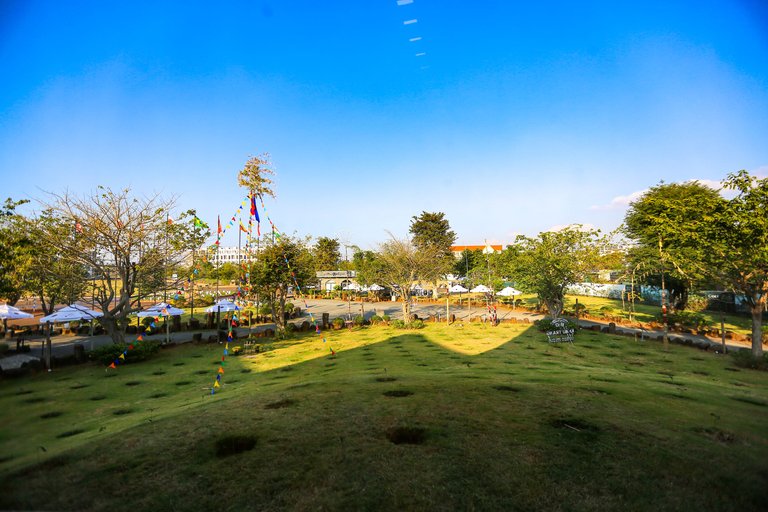

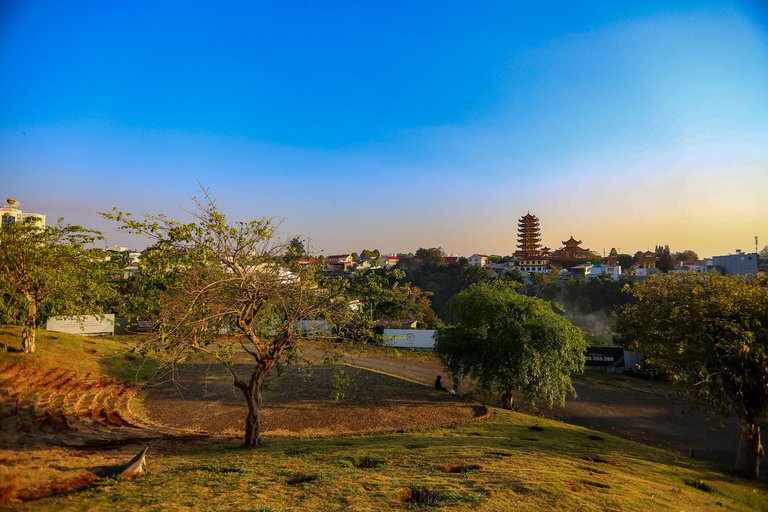


After passing through the entrance, visitors will come to the main hall where they can peruse a map of the museum that makes their visit to this complex structure easier. The museum is divided into specific areas to awaken all the senses of visitors. During the tour throughout the museum, visitors will see a variety of coffee-related objects from many different civilizations around the world. World famous music is also played to make the visitors' tour more interesting. And visitors will also have the opportunity to taste different types of coffee. In addition, they will also expand their knowledge of coffee with a large library area.
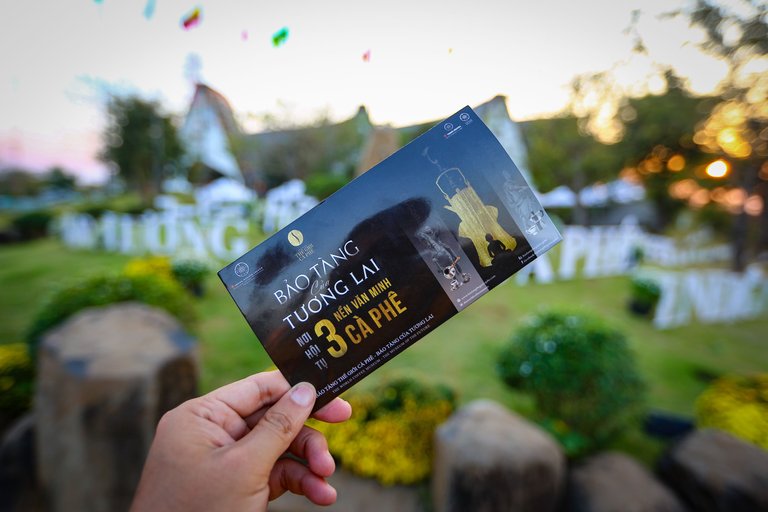

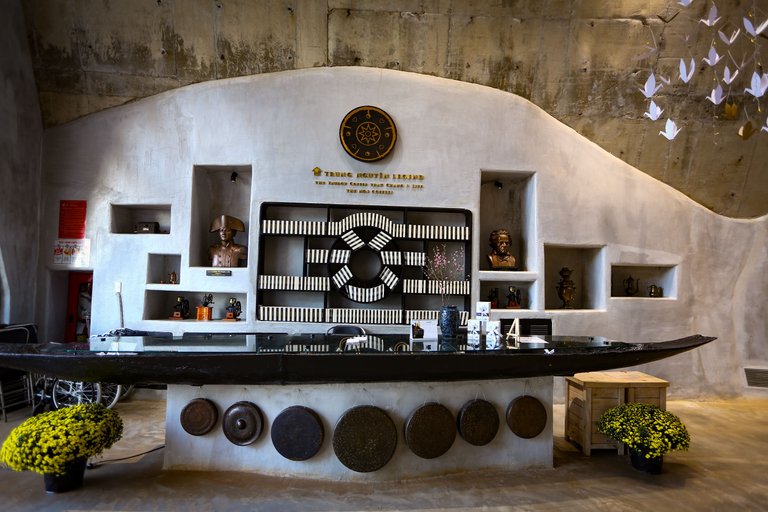

At the coffee history and culture exhibition space, visitors can learn more about the history and culture of coffee and the coffee industry, from growing and tedning, harvesting, preserving and processing into the coffee beans that people drink every day. The collection of objects in the museum is extremely diverse and rich, originating from many different countries around the world. More than 10,000 objects on display in the museum were brought back from Jens Burg's coffee museum - a museum built over 20 years in Germany. One thing I really like is that underneath each item on display here, even if they are very small, there is a QR code, visitors just need to use their phones to scan this QR code to read information about the item. In addition, the museum also has a display area about items of the Ede ethnic minority people to talk about the life, culture and history of the sacred Central Highlands.
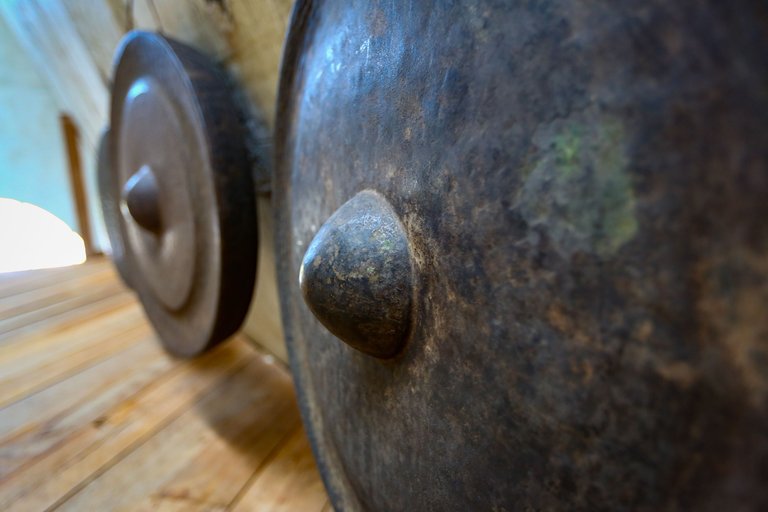
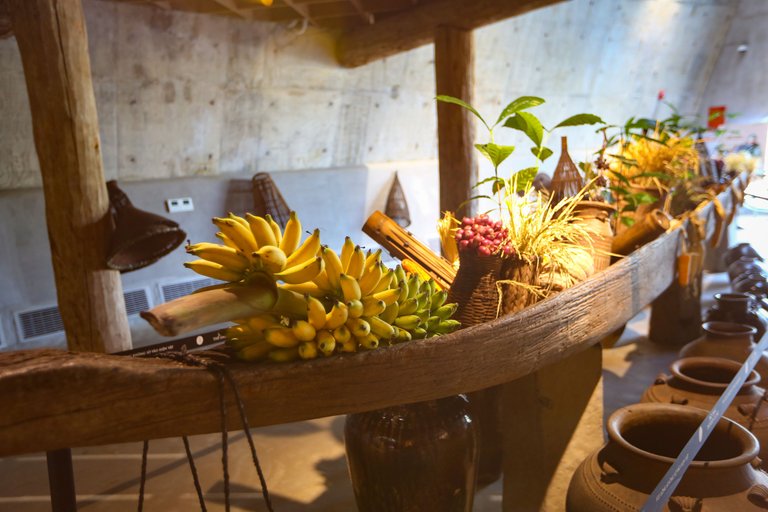
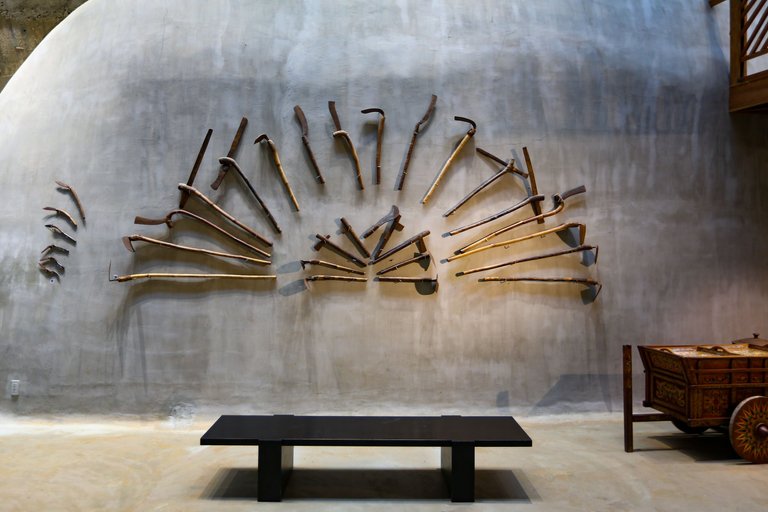
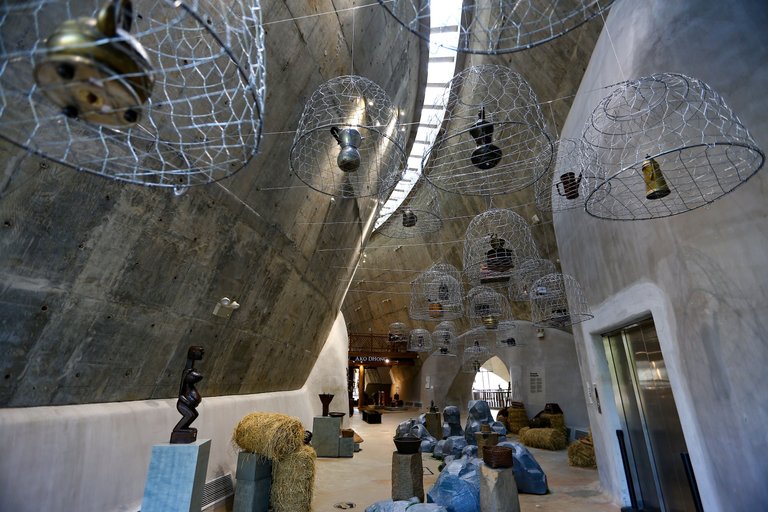
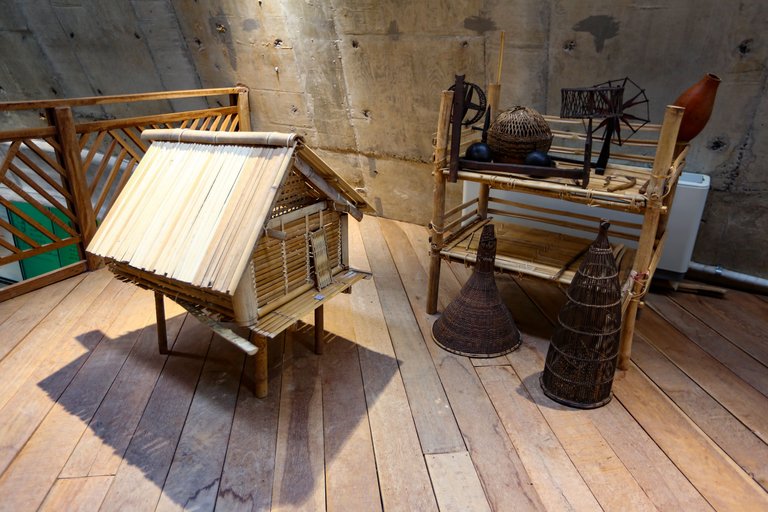
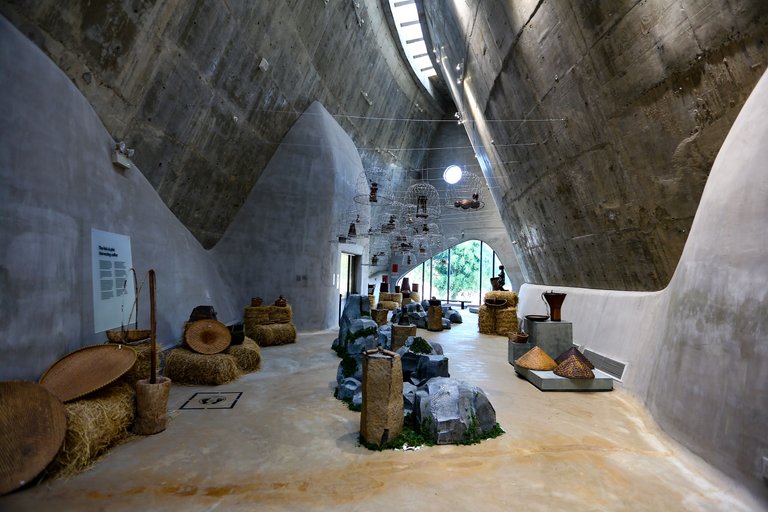
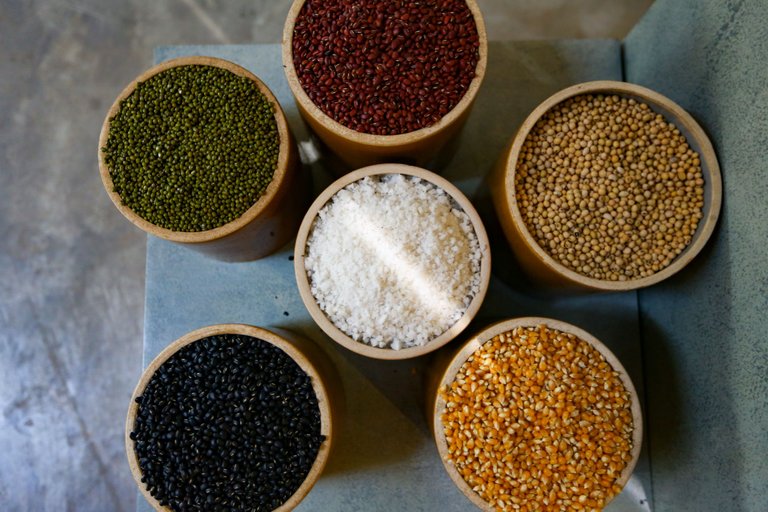
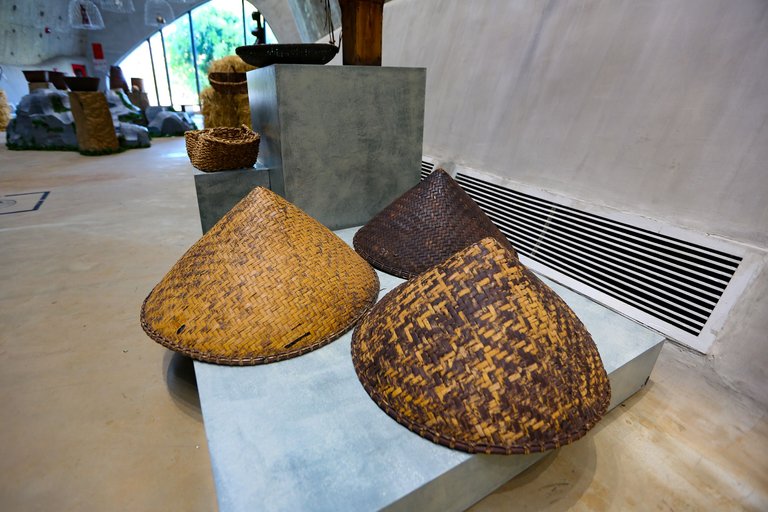
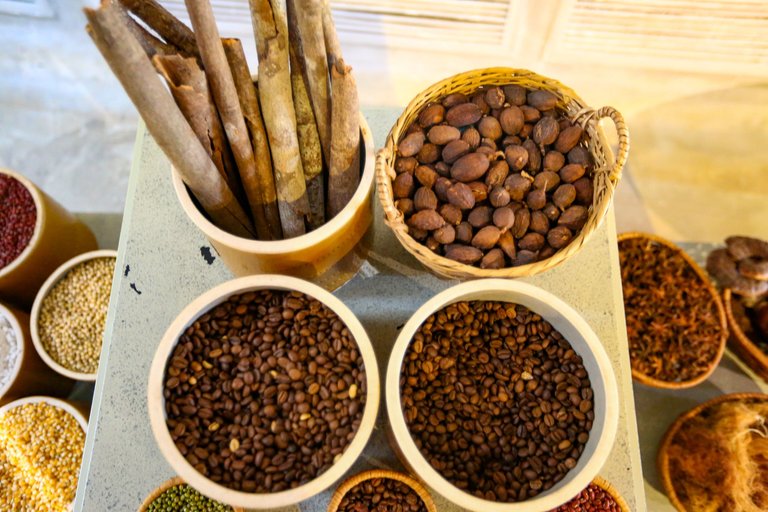
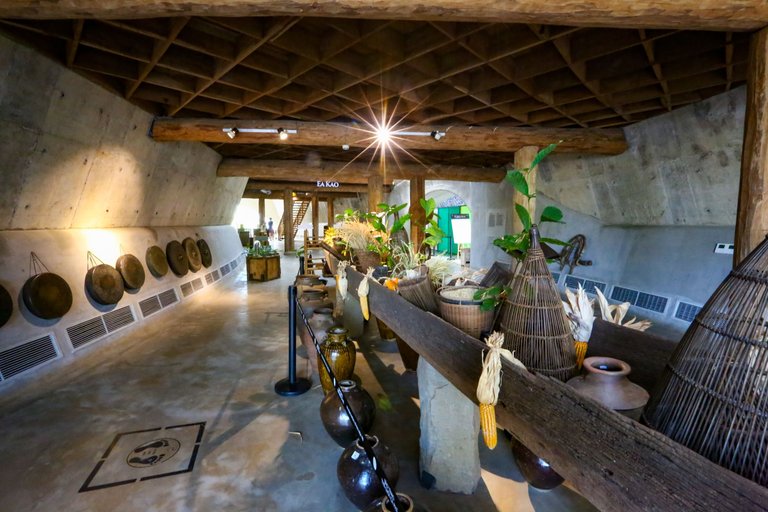
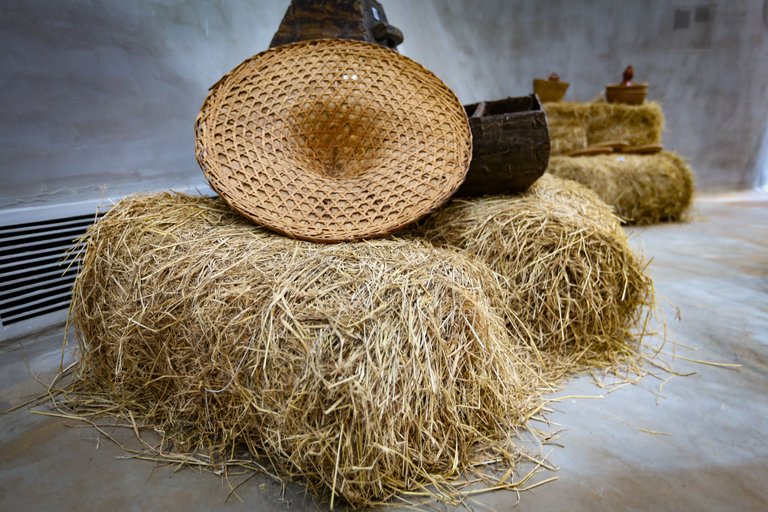
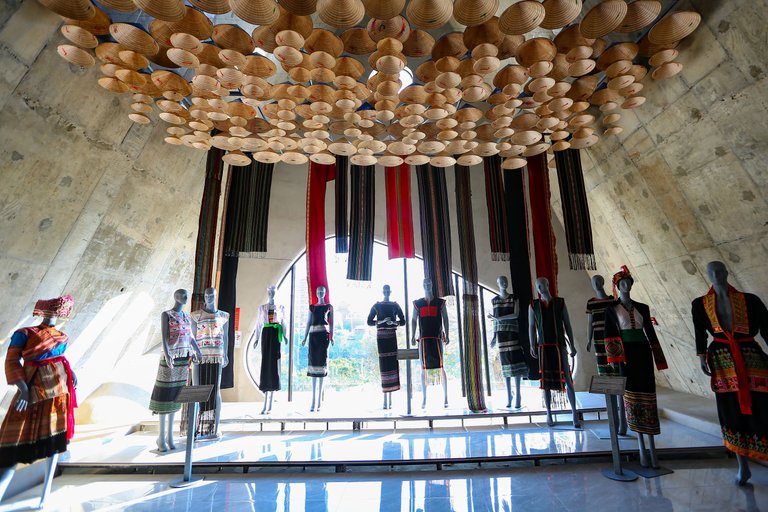
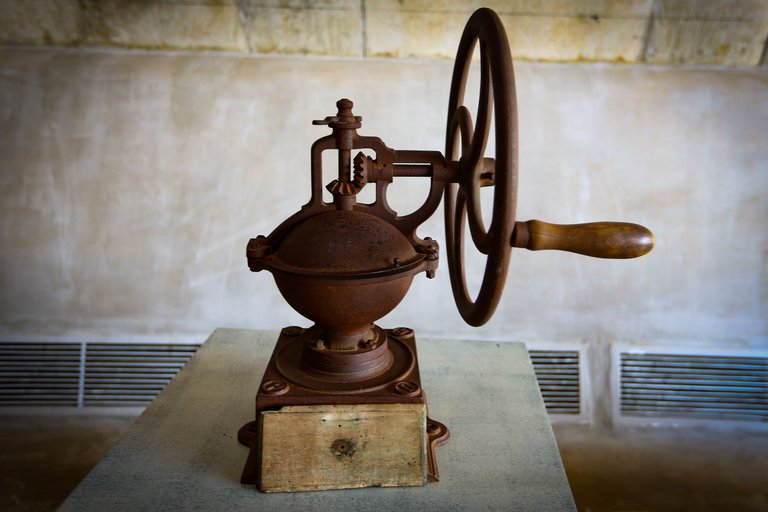
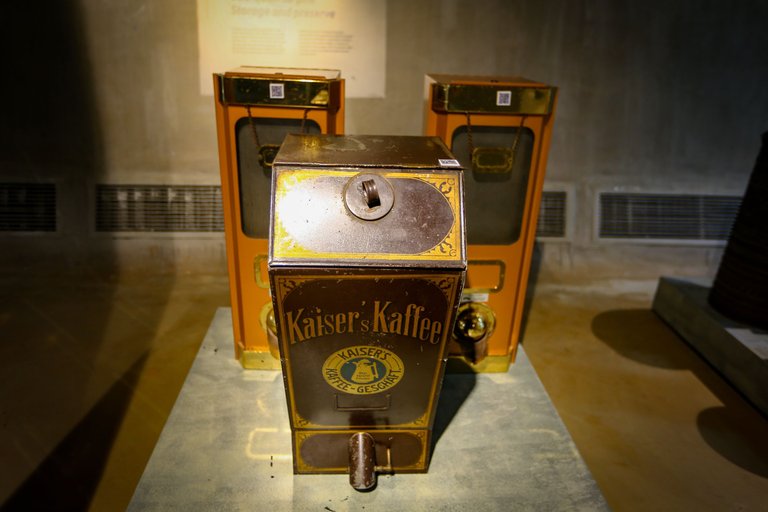
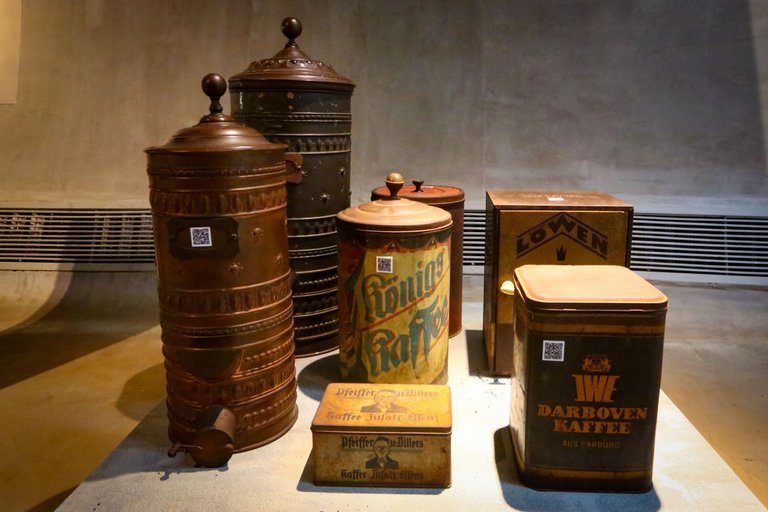
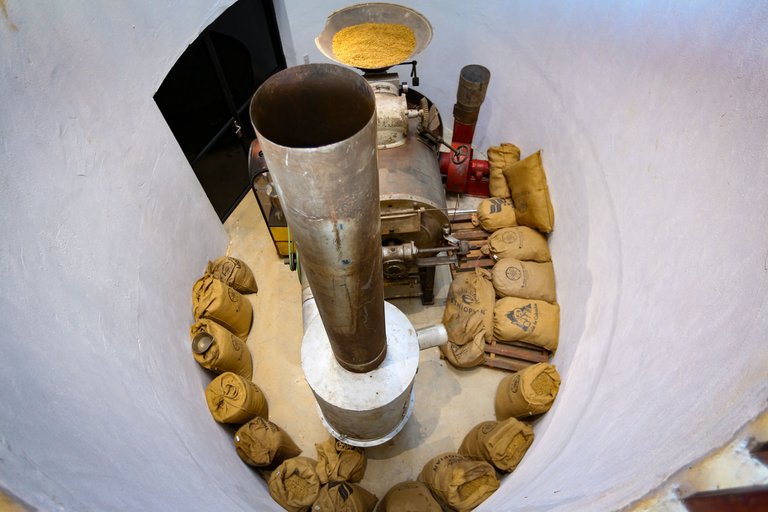
In the exhibition area of the world's coffee civilizations, visitors will learn about the origin, history and quintessence of the Roman coffee civilization, the Ottoman coffee civilization and the Zen coffee civilization.
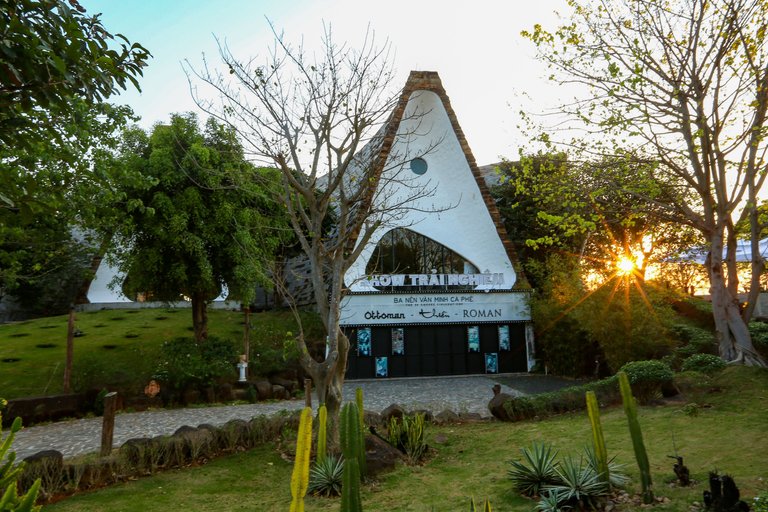
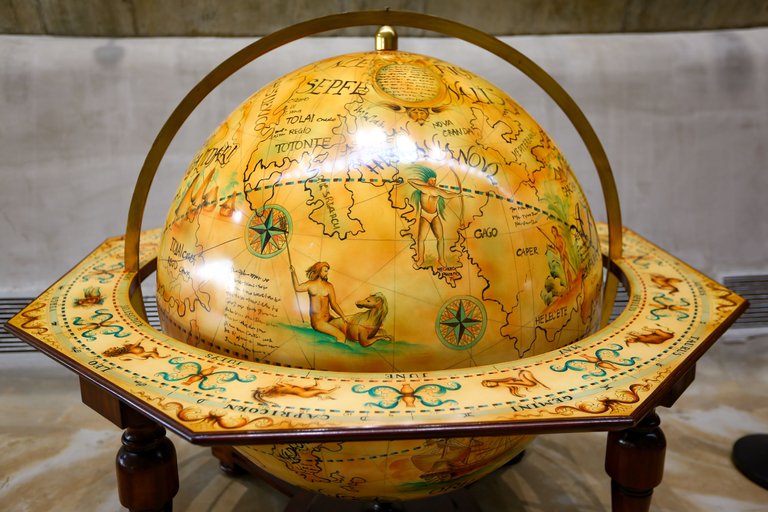
Ottoman Coffee Culture: Coffee plants were first discovered in Ethiopia. The country was once known as Abyssinia. It is an oldest independent country in Africa and is also considered one of the earliest sites of the emergence of anatomically modern humans, Homo sapiens. Homer mentioned Ethiopia twice in Illiad and three times in Odyssey. It is on a passage to Europe, Asia, and Africa. With a diverse culture, religion, and language, Ethiopia is a unique and interesting country in Africa and the world.
Ethiopia, located at Northeastern of Africa, is the birthplace of Arabica coffee. From long ago, native Ethiopians already used coffee leaves and beans in their food and drinks. According to Ethiopian myths, coffee beans were God’s tears dripping on shamans’ corpses. To this today, the Oromo people still keep the tradition of planting a coffee plant on the grave of their shamans. Other than to use in rituals, coffee was a source of food for Ethiopian. They cooked it by grinding coffee into powder, mixing it with fat, milk or butter, then shaping it into dried balls to give to soldiers on their march. In famous Ethiopian legends, throughout the ancient history, Ethiopia was the only country who knew how to take advantage of coffee. Many scholars suspect that one of the valuable gifts that Queen Sheba of Ethiopia and Yemen gave to King Solomon (970-931 BC) at Jerusalem was coffee beans to make a drink that, even then, was considered would awaken their mind.
Ethiopia isn’t just a birthplace of coffee; it also is a place where coffee is considered a symbol of power, a drink of God. Drinking coffee is a spiritual ritual.
One of the earliest groups of coffee lovers was the Muslims. Ottoman coffee culture was the culture of this religion. They thought of coffee as a drink of God that brought wakefulness and creativity, one that strengthened their faith as they had to stay up late to pray. In the 15th century, special places where people could drink coffee were appeared at the Great Mosque of Mecca. It was said that when coffee was introduced to Europe, the Vatican denounced it as a drink of Satan, of the Muslims and of those who were opposed to the Catholic Church. And so it was forbidden. When Pope Clement VIII was elected, he blessed the bean, said, “Why, this Satan’s drink is so delicious it would be a pity to let the infidels have exclusive use of it. We shall fool Satan by baptizing it and making it a truly Christian beverage.”
Coffee became popular in 1575 when the first coffeehouse was opened in Istanbul. Coffee was provided like “milk for chess players and thinkers.” In the mid-17th century, coffee had spread to the palace of Ottoman Empire with over 40 officials responsible for making coffee for the king and his trusted courtiers.
At its peak, the Ottoman Empire included the areas of Turkey, Egypt, Greece, Bulgaria, Romania, Macedonia, Hungary, Israel, Jordan, Lebanon, Syria, and parts of the Arabian Peninsula and North Africa. Despite many differences in language, culture, religion, Ottoman Empire lasted for 623 years from 1299 to 1922 AC.
Ever since Ottoman Empire Era, coffee has been one of the most distinctive elements of Turkish way of life. It has a deep influence on customs and traditions of Turkey and plays an important role on social and political occasions in centuries. Although many of its rituals are no longer in practice in daily life, coffee is still an indispensable part of Turkish culture.
Source: https://baotangthegioicaphe.com/en/ottoman-coffe-culture/
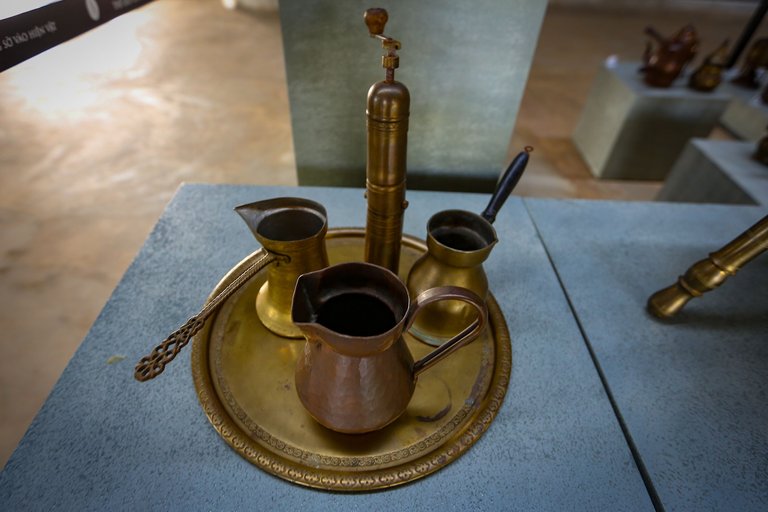
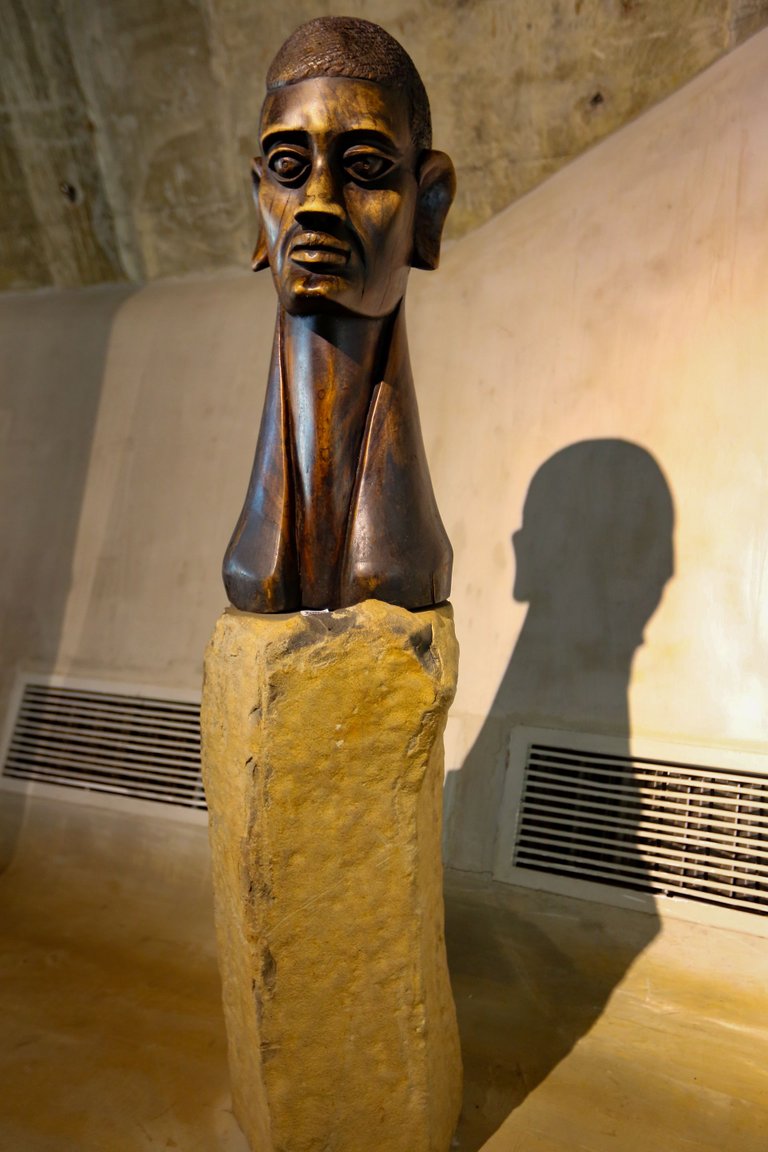


Roman coffee culture is the feature coffee culture of the West. It became popular since the 16th century when Pope Clement VIII, upon tasting coffee, decided to baptized it. Roman coffee is known for its use of technology in processing and making coffee, in addition to the refined delicacy in decorating.
Roman coffee culture has in it an advance knowledge of a civilization that tried its best to break away from the domination of theocracy in the Renaissance and enlighten people’s mind in the Age of Enlightenment. After 10 centuries of living in a haze of the Middle Ages, the pre-capitalists and the Protestants finally embraced coffee – something that was imported from the East – as a humane drink of the new age. They denounced the way people over-consumed wine, saying it was a destruction of humanity.
In the beginning of capitalism, coffee was praised as a drink that helped untie the chain and brought creativity for men. Along with capitalist organizations, coffee freed Western civilizations of beer and wine. Thus, in a way, capitalism needed coffee and coffee needed capitalism, as two parallel lines.
The first coffeehouses established in this period were intentionally called Salons du Peuple (the People’s lounge) (France) and Penny Universities (England). In France, Salons du Peuple were a place where people came to discuss philosophy of life and political situations in the Age of Enlightenment, to be awaken by the power of coffee. Coffeehouses gradually became Parlement du Peuple (The People’s Parliament) – the first democracy public space in the history. In 1721, Montesquieu warned the monarchy about the thread of coffeehouses to its power. He stated, “Coffee has the ability to awaken people’s mind, and coffeehouses – where debates take place – has become established as a public institution, while we haven’t had any rules over it” (Letter 34 [36] – Lettes Persanes). As history has proven, a gathering at the Café de Foy, Place du Palais-Royal, prompted the start of the French Revolution.
Meanwhile, in England, in contrast to the stirring atmosphere of the pubs, Penny Universities were suitable places for contemplating and exchanging knowledge. Coffeehouses were also where many important books on philosophy and economics were penned. David Hume (who is best known today for his highly influential system of philosophical empiricism, skepticism, and naturalism), Jeremy Bantham (the founder of modern utilitarianism), and Adam Smith (the father of modern economics, who came up with the term the Invisible Hand) all laid the foundation for their lifetime achievements at these coffeehouses. The Royal Society, the leading national organization for the promotion of scientific research in Britain, a Fellowship of thousands of the world’s most eminent scientists, with Isaac Newton as its Founder, was also founded at Tilliard’s coffeehouse in 1660.
The concept of coffee society was then established based on a simple idea that no one came to a coffeehouse just to drink coffee. Coffee has become a lifestyle, a philosophy of life of the coffee drinkers themselves.
To instruct and to delight (latin: Delectare et Prodesse) was a guide to the formation of coffee culture in the West, with the partition and interaction of three elements: French Class, Italian Style, and Viennese Spirit as the essence of it. While Delectare was mostly about characteristics of coffee, Prodesse covered a larger scale: the atmosphere of coffee; more specifically, the space and time, and the people involved in coffee drinking. Thus, the characters of a drink cannot be separated from the movement of a place and expectations of its customers. The historical characteristics of subjects, space, and time, and people were basic components that formed coffee culture in the coffee society era.
Source: https://baotangthegioicaphe.com/en/roman-coffee-culture/

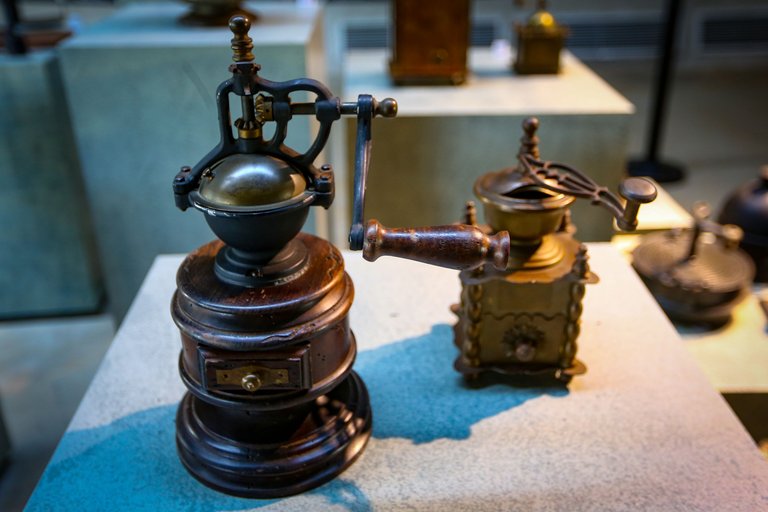
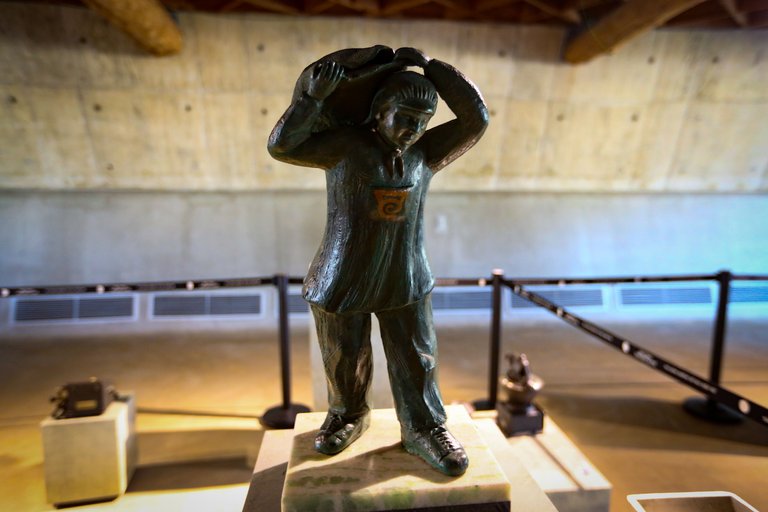
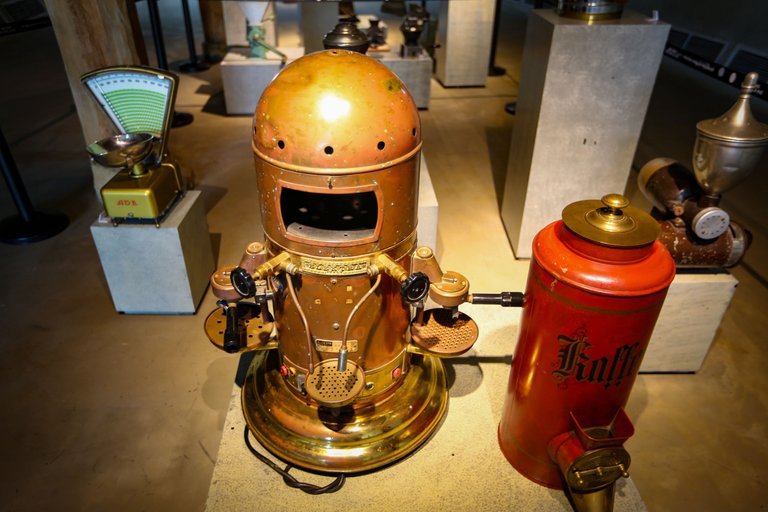
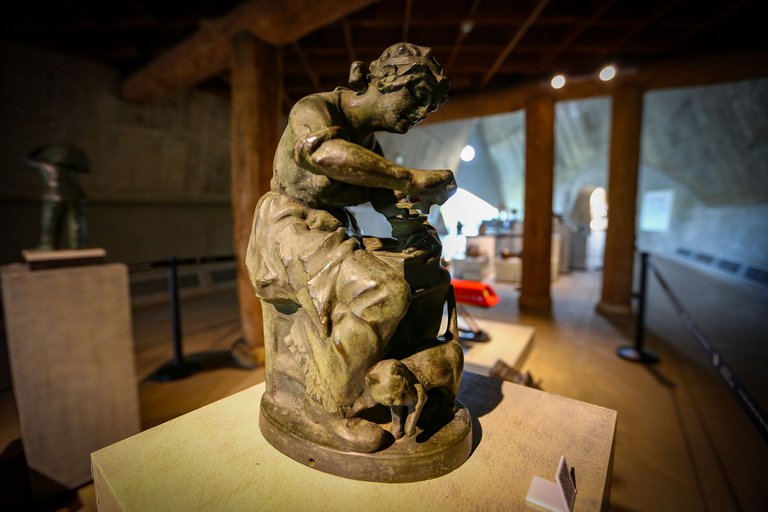
Zen coffee culture is a representative of the East; it has all the characteristics of this region. It was born from the tranquility, knowing that each second of our life is ought to use to waken, to perceive and to absorb knowledge of mankind to achieve true happiness and wealth. But what was the origin of Zen coffee culture?
In the end of XIX, beginning of XX, the Society of Coffee was blooming all over Europe. Three basic beliefs in the Age of Enlightenment was spreading. The superiority of the mind, the inevitable avocation of the development of civilization, the happiness of men based on the results of science and technology was defeated by historical events, while history was made by men rather than gods. How can we believe minds lead men when the consequences of wars were too much to bear and were putting humankind at the threat of extinction? How can we believe in the development of science when our environment was destroyed and the Earth was at threat? How can we believe in happiness when every modul, every ideology and doctrine – socially, economically, and politically – was dismissed or failed to prove its effectiveness? In amid of all that, people of the 20th century, especially in the 80s, were under an additional stress: the stress time. The popularity of stress has become a disease of Age. And it was not for nothing. Two sides of stress have been named precisely in Vietnamese: on one side is the psychological stress and the other side is depression. Stress is caused by lack of time and depression is caused by excess of time. We feel stress because there is a pressure of competing with others and with ourselves hanging over our heads. Thus we feel as if we don’t have enough time to prove ourselves. In contrast, constant crisis brings not only the anxiety to us but also the enormous amount of free time – to those who lost their jobs or in a search of one. In the whirlwind of life, we also have to deal with the most dreadful desire of men. We call ourselves masters of our civilization. We invent new technologies, one better than last, with a desire to control time, but instead, we let time controls us. We assiduously compromise the material things of ours in exchange for the untouchable. And as the result, our instability has spread not only in our mind but also our faith. People of post- modernism/super modernism have a tendency to drown themselves in alcohol to forget who they are. Another tendency is to frantically search for something to believe in, whether naturally or supernaturally, with which the instability of faith emerges and is popularized.
Consuming and enjoying coffee is not out of those tendencies. In fact, it helps to transform and reshape them, and take them to another level. It comes from the essence of it all: Mankind need to awaken, to find themselves, because coffee had helped open up the mind of the faulty scientists of the West, forcing them to acknowledge the contribution of the East to mankind. They went back to the East where the Sun rose and looked to the West where the Sun set, wishing to pilgrimage to a lost paradise as mankind was searching for a cohesion of the East and the West.
Source: https://baotangthegioicaphe.com/en/zen-coffee-culture/
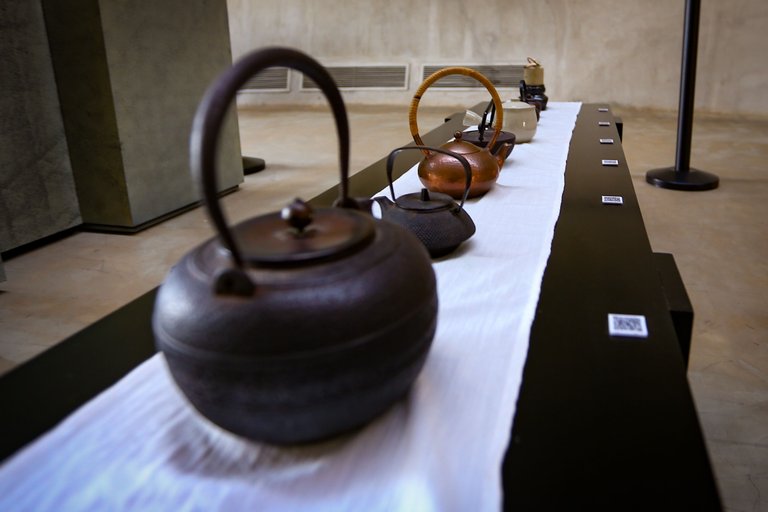
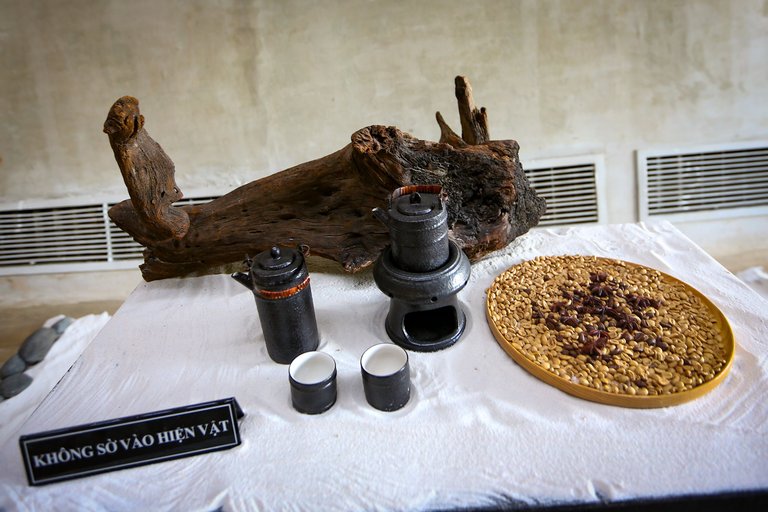
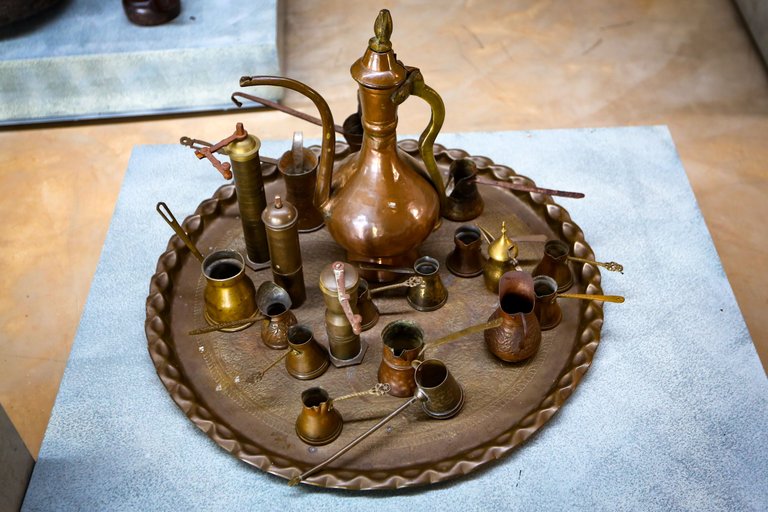
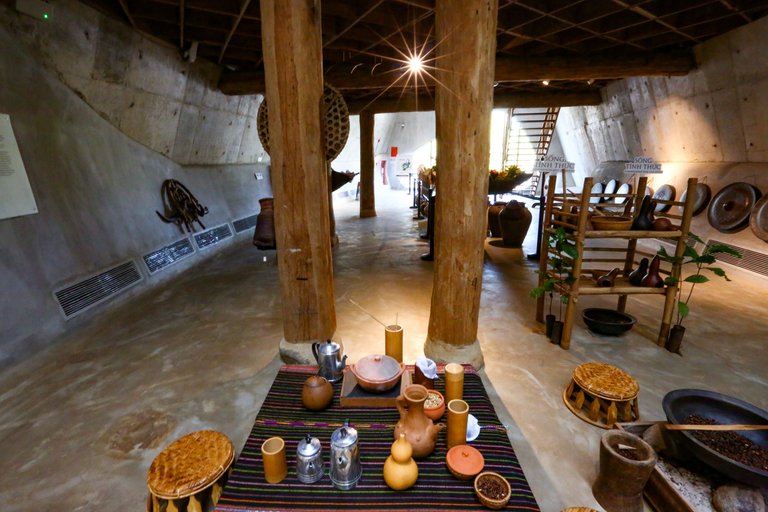
Besides, the museum also has an enjoyment space where visitors can enjoy different types of coffee, which creates the scent of coffee throughout the museum's space. Visitors can also visit the library of the light to discover magical light masterpieces. And especially the large library area in the basement is where visitors can learn about coffee documents and admire the unique workspaces.
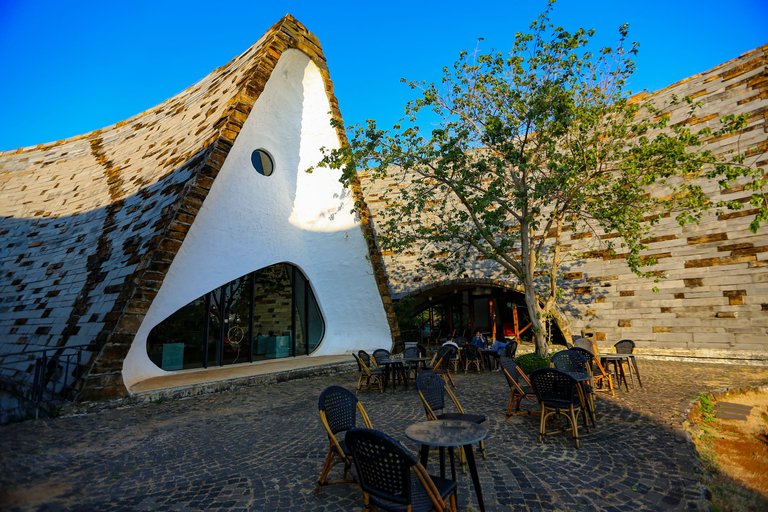
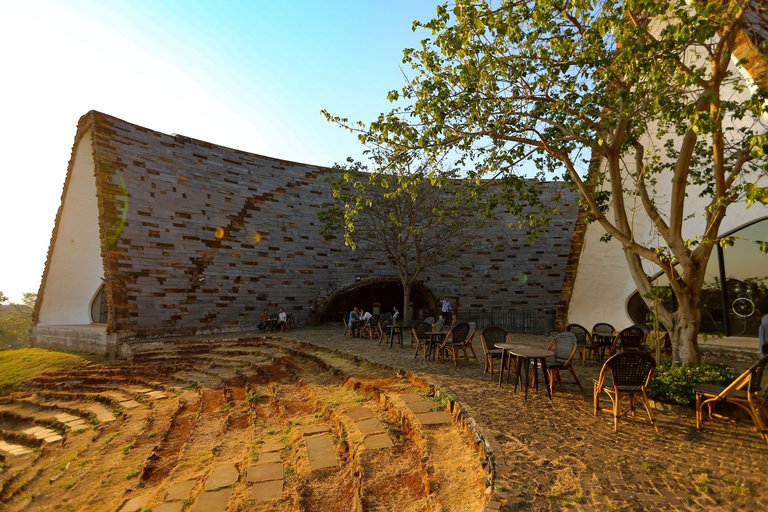
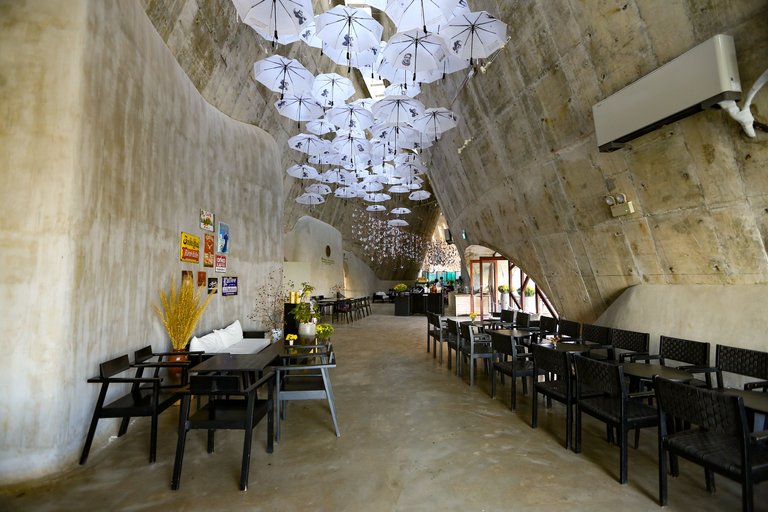
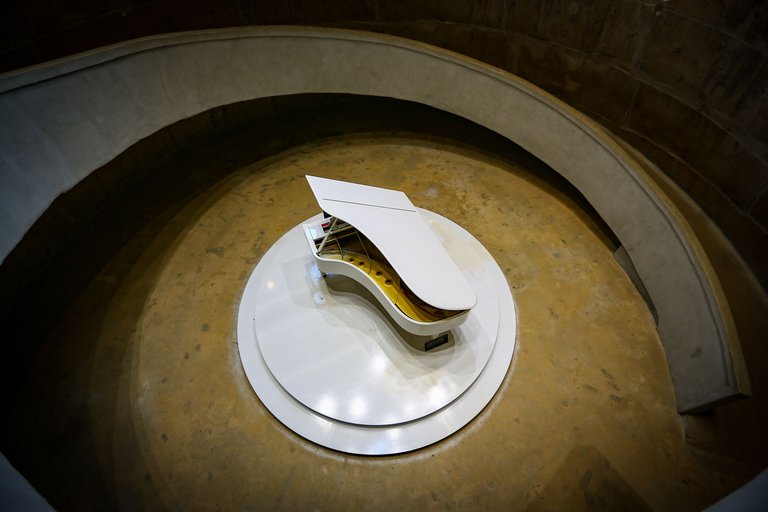
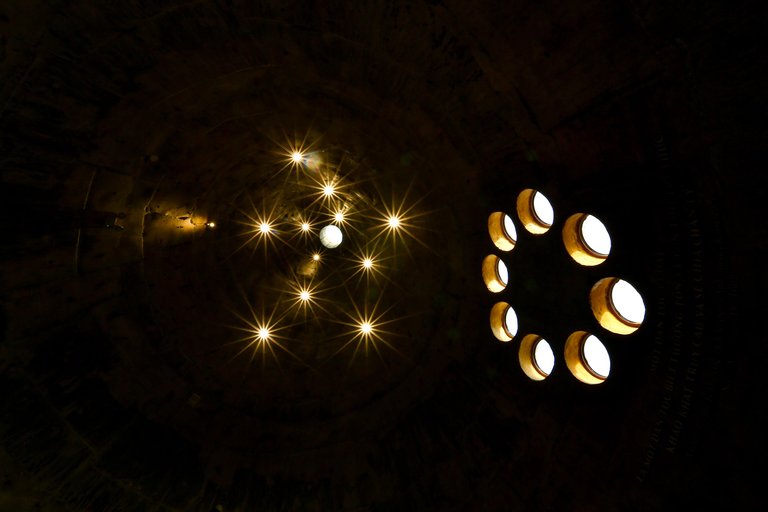
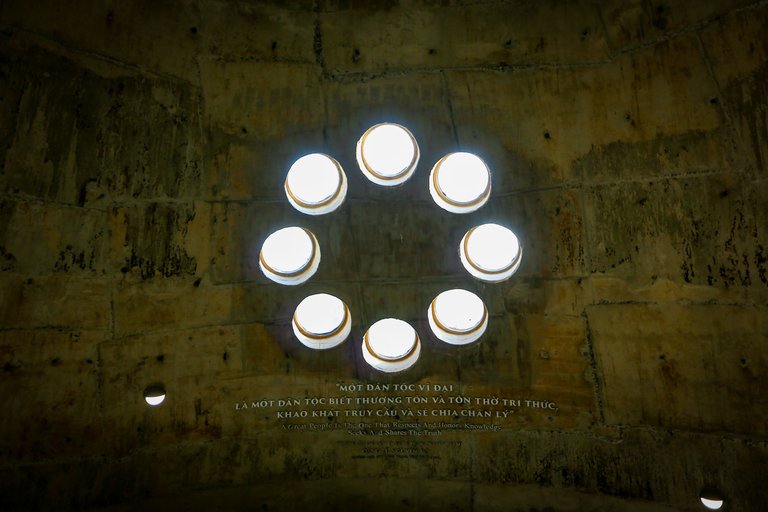
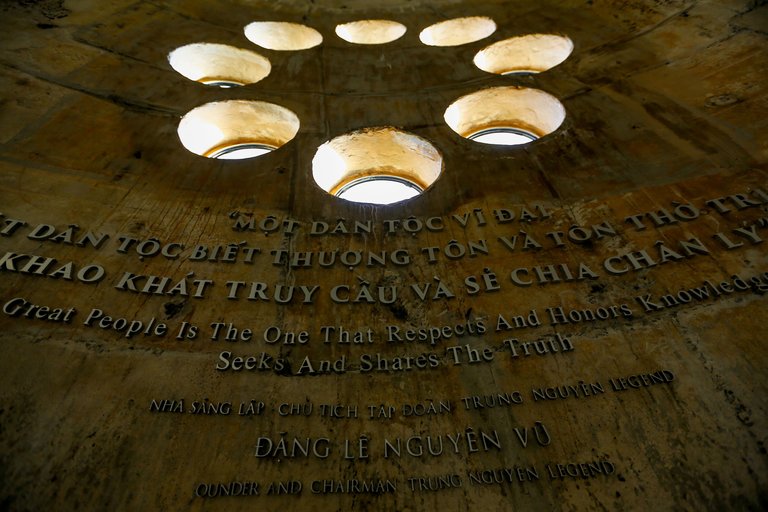
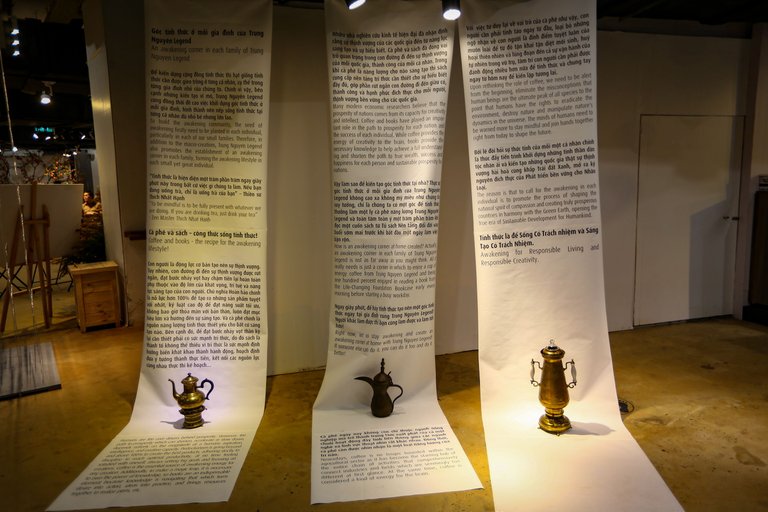
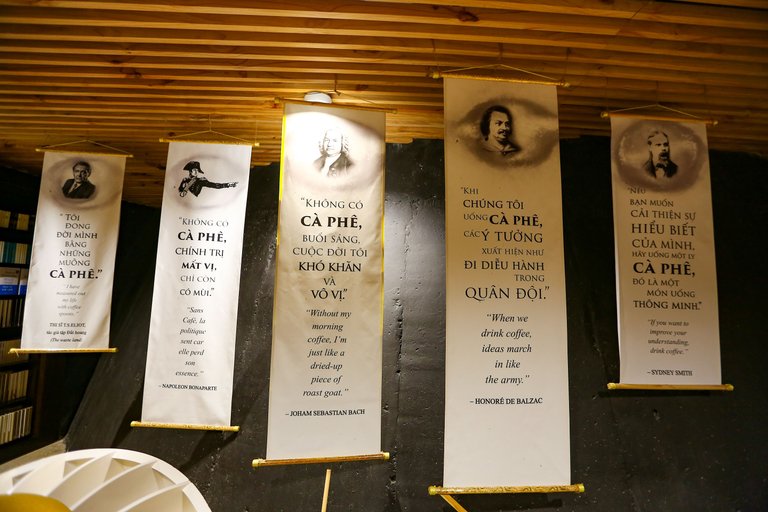
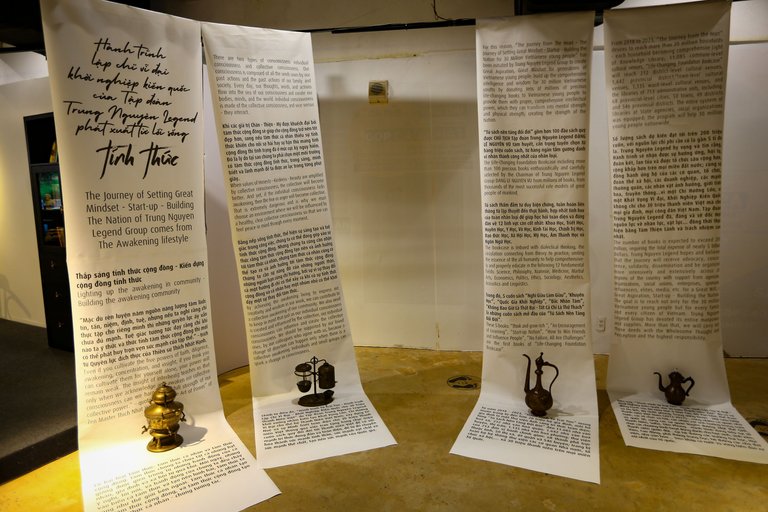

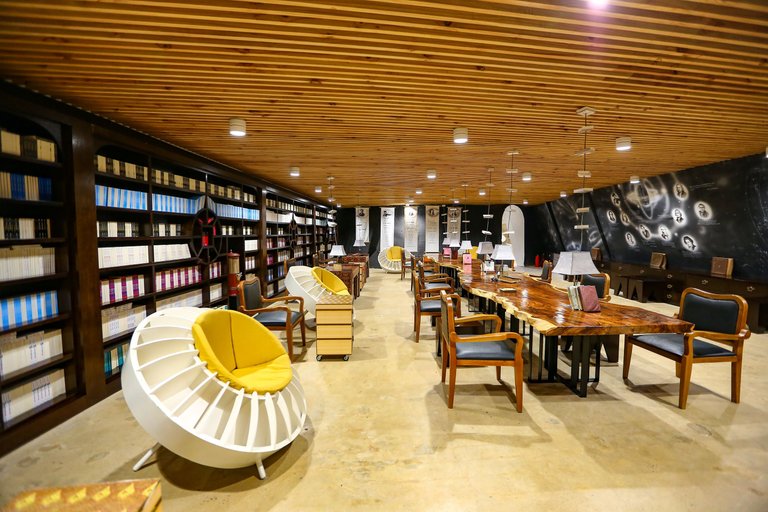
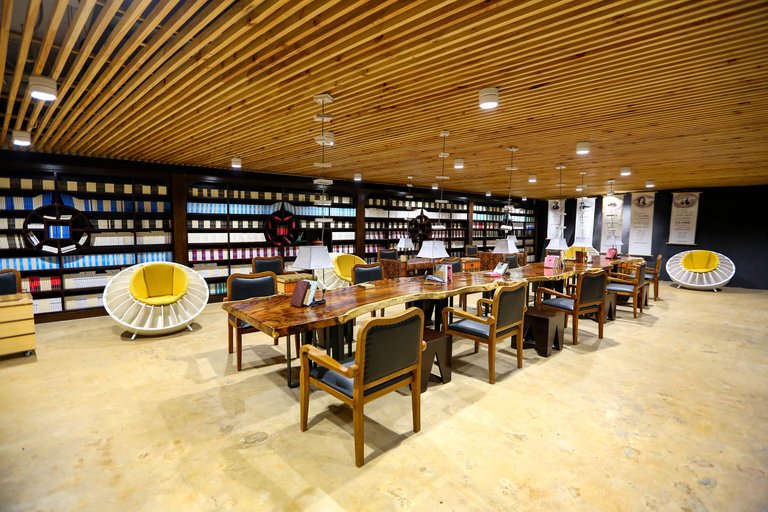
In my opinion, all corners in the entire museum or the space outside the museum are beautiful corners for visitors to save beautiful photos for their visit. As a coffee lover and photographer, I really like this museum. So me and my wife took a lot of pictures during our tour here.
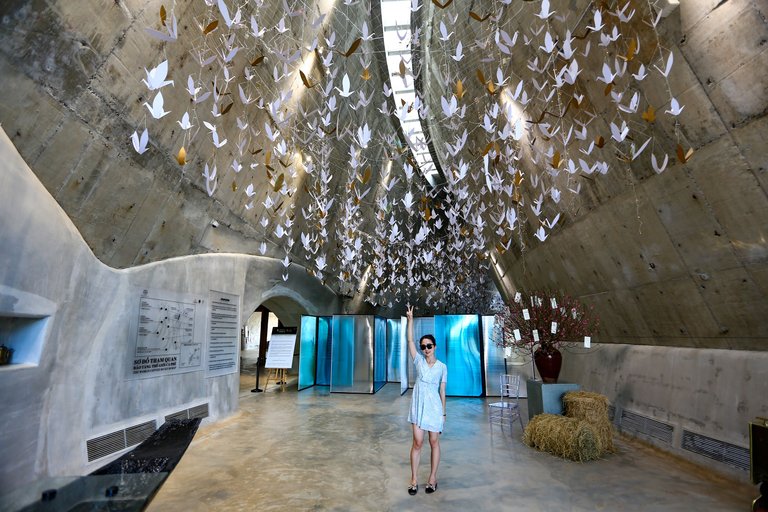
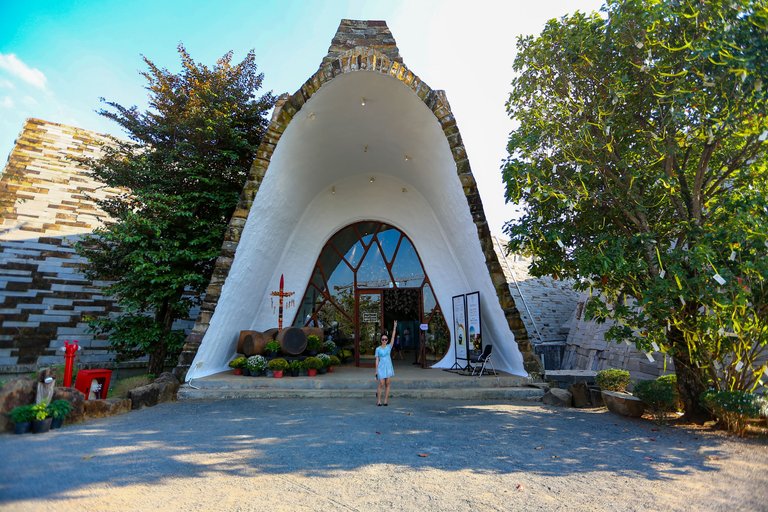
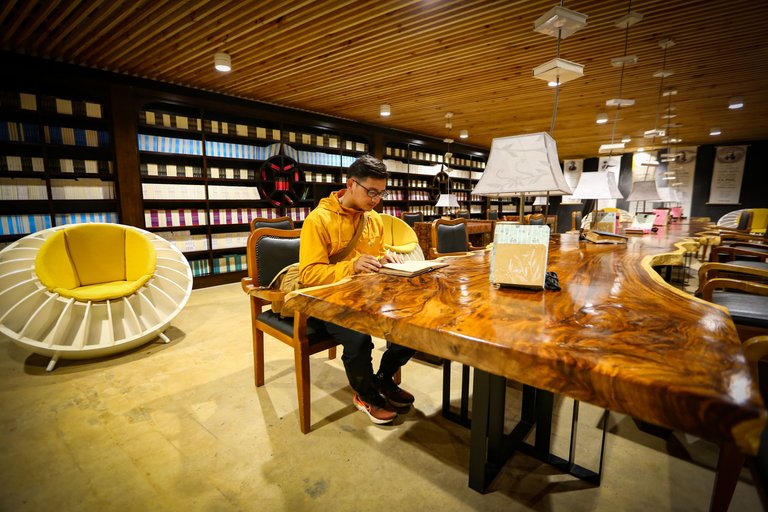
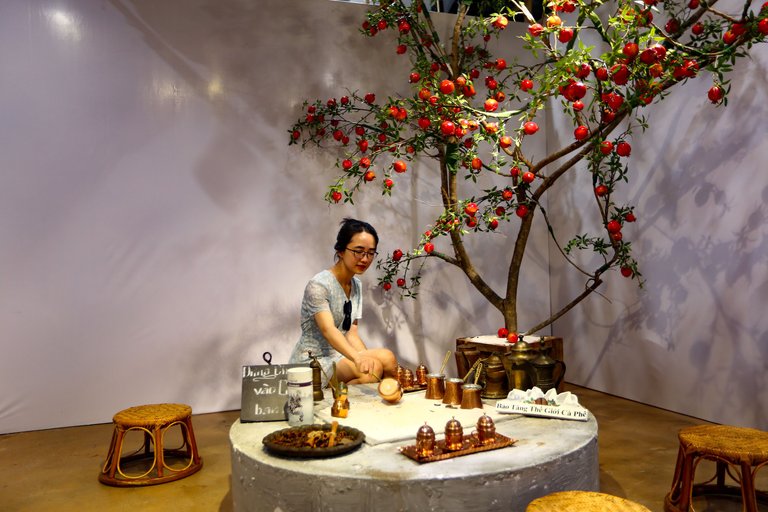
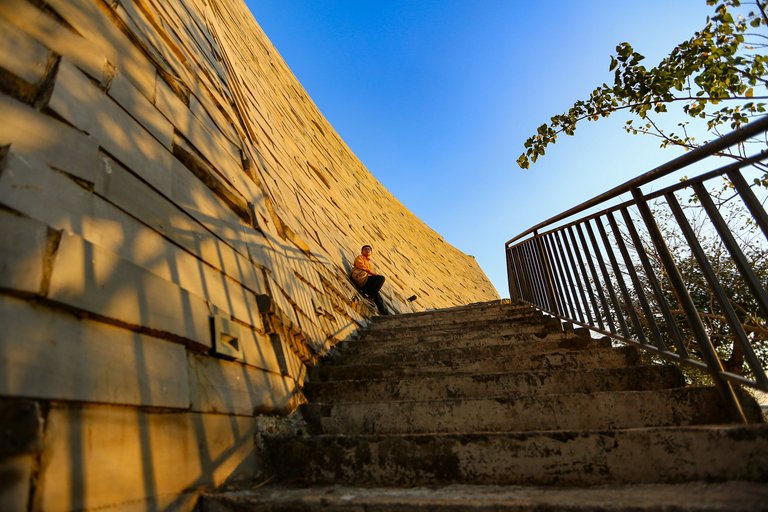

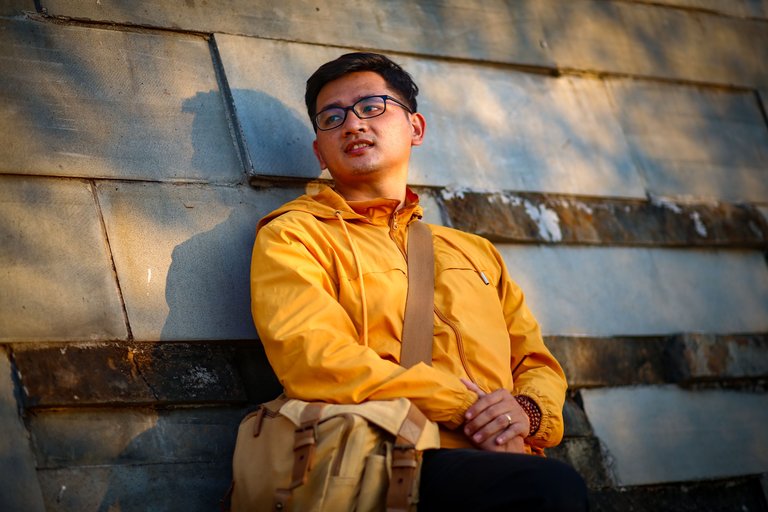
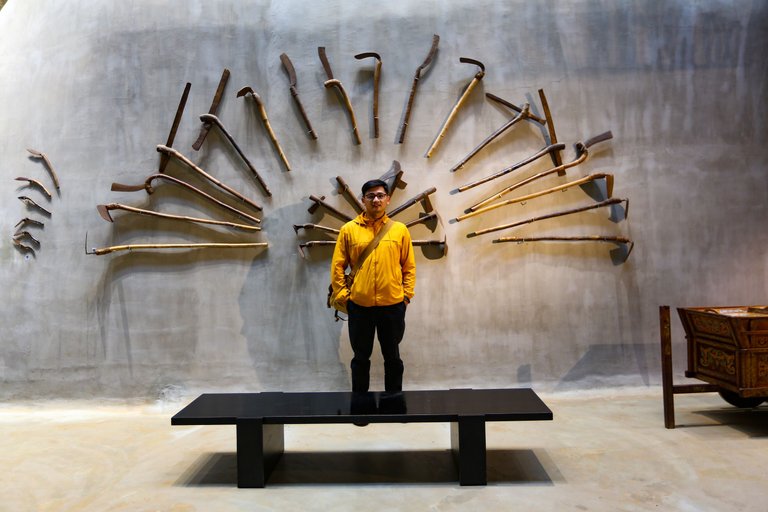
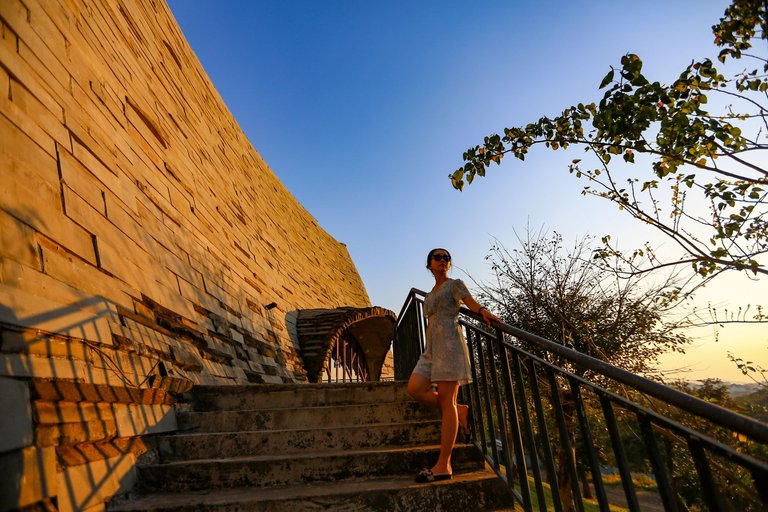
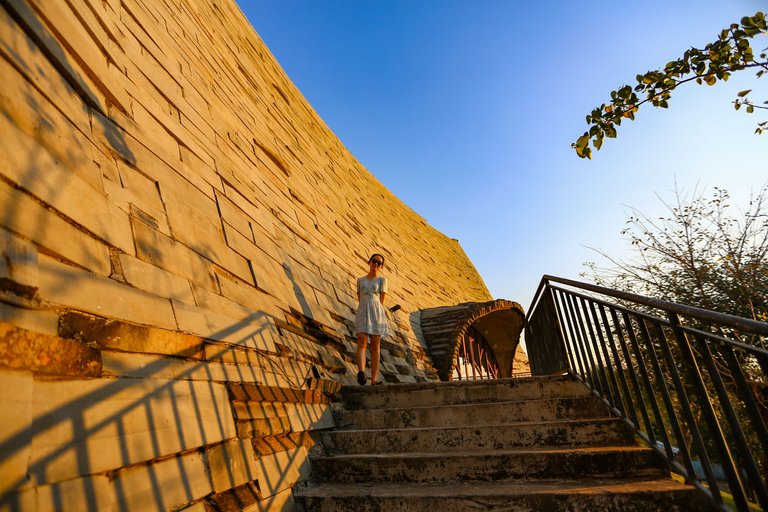
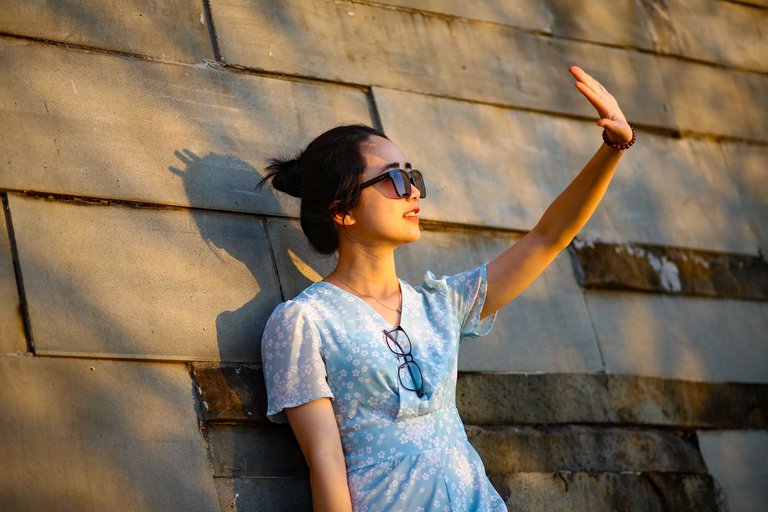
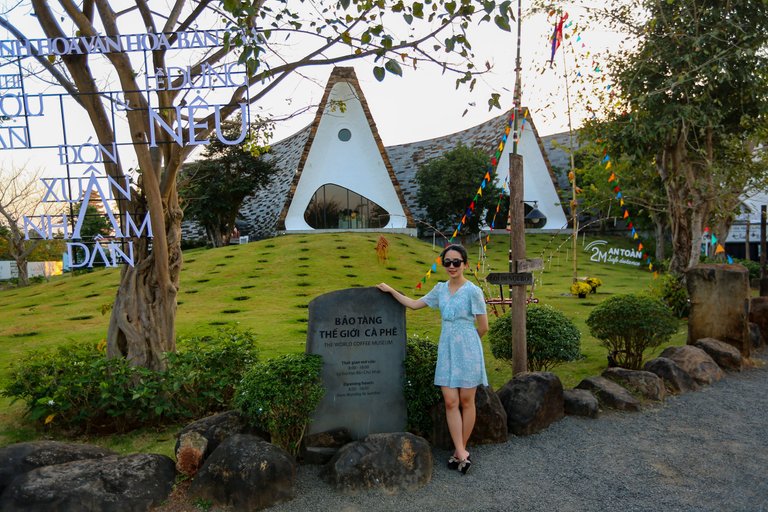
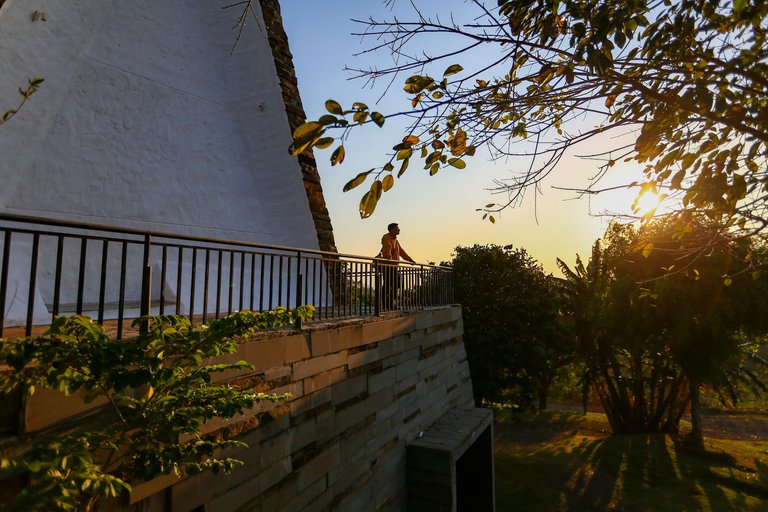
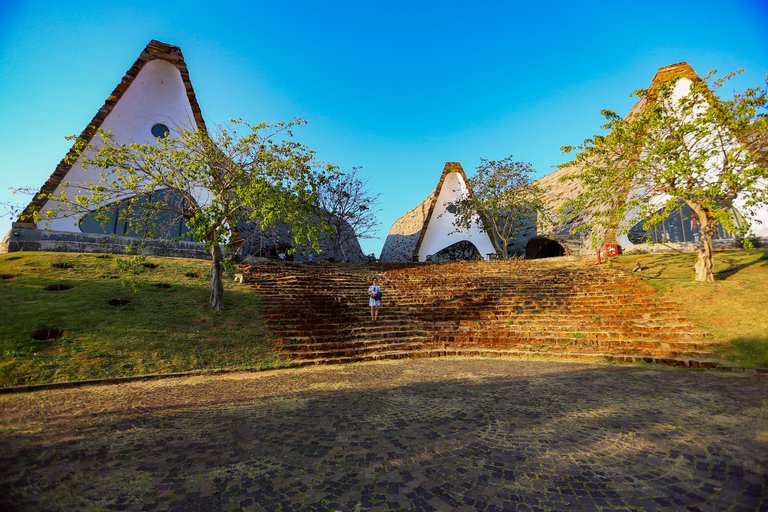
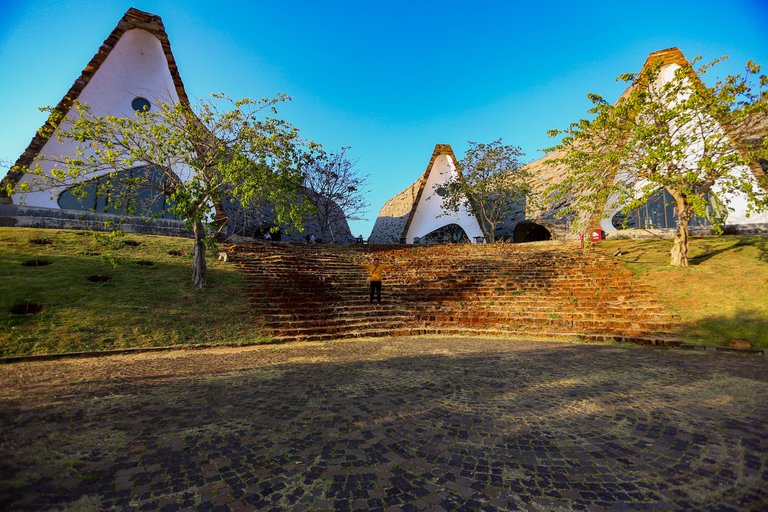
Okay, we were very satisfied with the interesting visit at The World Coffee Museum which is the pride of my hometown. I hope you enjoy this tour too. Thank you for taking the time to read my post and have a great day!
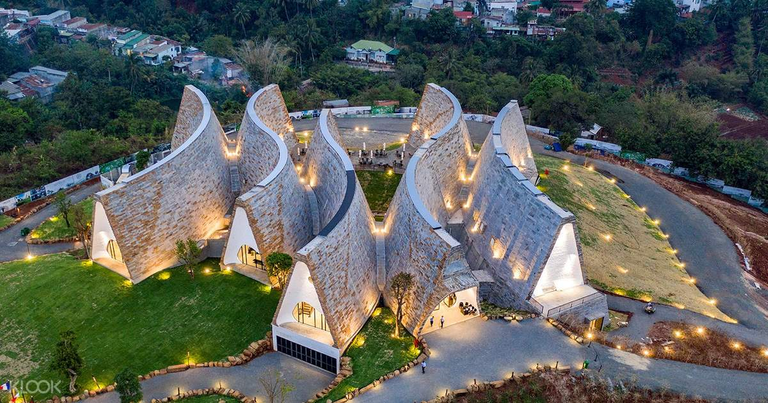
Congratulations @dodovietnam, you have received a 75% upvote. I'm the Vietnamese Community bot developed by witness @quochuy and powered by community HP delegations
This post has been manually curated by @steemflow from Indiaunited community. Join us on our Discord Server.
Do you know that you can earn a passive income by delegating to @indiaunited. We share 100 % of the curation rewards with the delegators.
Here are some handy links for delegations: 100HP, 250HP, 500HP, 1000HP.
Read our latest announcement post to get more information.
Please contribute to the community by upvoting this comment and posts made by @indiaunited.
Thank you very much for your great support!
Wow! That's a virtual tour for readers; one thing: any tip for getting vietnamese words pronunciation right? I find it quite difficult :) Thanks
Many of my foreign friends have that trouble too. My advice is that practice talk to a Vietnam person or move to live in Vietnam 😀
Nice complete visit of the museau, interesting architecture and great photos !
Thank you very much friend!
A very interesting destination! I will definitely come here if given the chance 😃
Thank you very much.
Yeah that's definitely a worthy place to visit.
I have had the opportunity to come here 3 times but still have not visited this place
Then don't miss it in the 4th time you visit my hometown.
Kakakaa, I hope I don't miss the next opportunity.
kiến trúc của quán cf ấn tượng quá a nơi
Thật ra đây là bảo tàng cafe em ei.
kkk ấn tượng lắm ạ
Thanks e nhé.
Your content has been voted as a part of Encouragement program. Keep up the good work!
Use Ecency daily to boost your growth on platform!
Support Ecency
Vote for new Proposal
Delegate HP and earn more
Thank you very much for your great support.
The views are amazing! Even more amazing is your photography. Good evening!
Thank you very much friend.
You're welcome my friend.
What an amazing place, thanks for sharing. Very interesting, I didn't know Vietnam was a coffee producer.
Thank you very much friend.
I'm happy that there is something new for you in the post.
@daotam ơi :) Lâu rồi ko thấy lên sóng
@dodovietnam quán cf đọc và lạ nhất từ trước đến giờ em mới biết
Nó là bảo tàng cà phê thế giới á Tr.
I have to say, I'm not a coffee drinker (I don't drink too much), but I still find your post very interesting! I did not even know that there is a world coffee museum!
Thank you very much for stopping.
I'm happy that I introduce the world coffee museum to everyone today.
Hiya, @LivingUKTaiwan here, just swinging by to let you know that this post made it into our Honorable Mentions in Daily Travel Digest #1473.
Your post has been manually curated by the @pinmapple team. If you like what we're doing, please drop by to check out all the rest of today's great posts and consider supporting other authors like yourself and us so we can keep the project going!
Become part of our travel community:
Thank you very much for your great support.
Wow what a fascinating place. The buildings are so cool. You should do another post about the architecture in the Architecture and Design community It is cool community and I am sure many people in it would like to see a cool place like this.
Thank you very much for your recommendation Sara, I love that community. How could I forgot to post this one in that community!
Congratulations, your post has been added to Pinmapple! 🎉🥳🍍
Did you know you have your own profile map?
And every post has their own map too!
Want to have your post on the map too?
The rewards earned on this comment will go directly to the person sharing the post on Twitter as long as they are registered with @poshtoken. Sign up at https://hiveposh.com.
Congratulations @dodovietnam! You have completed the following achievement on the Hive blockchain and have been rewarded with new badge(s):
Your next target is to reach 4500 replies.
Your next payout target is 8000 HP.
The unit is Hive Power equivalent because post and comment rewards can be split into HP and HBD
You can view your badges on your board and compare yourself to others in the Ranking
If you no longer want to receive notifications, reply to this comment with the word
STOPCheck out the last post from @hivebuzz:
Thank you very much friend.
Hope that you will have a good a cup of coffee. 😀